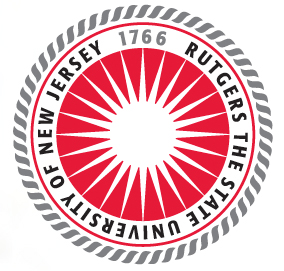 Continuum theory for multiferroic materials
Continuum theory for multiferroic materials
The coexistence of magnetic, electric and elastic ordering in ferroic materials have stimulated considerable scientific and technological interest. The classic theories addressing long-range ordering include the Landau-Lifshitz theory of micromagnetics (1935), the Landau-Ginzburg-Devonshire theory of ferroelectrics (1949, 1954), and the theory of martensitic shape memory alloys. These theories have focused on individual ferroic phenomenon and achieved great success in the study of the corresponding materials. The literature is, however, lack of a systematic treatment of multiferroism, in spite of recent elevated interest in multiferroic materials. The term multiferroism was coined by Schmid (1994) to describe the coexistence of spontaneous magnetization, polarization and strain in one material and has attracted many researchers in attempts to realize ever better multifunctionalities.
To develop a continuum theory for multiferroic bodies, we will follow the classic framework of continuum mechanics, in particular, nonlinear elasticity: the constitutive law will be provided by postulating an internal energy density function; restriction on the internal density function will be found based on the fundamental laws of thermodynamics and material symmetries; the corresponding linearized theory will be derived and stability will be analyzed; material constants will be inferred from simple benchmark experiments. Combined together, this approach is anticipated to furnish a solvable, predictive and realistic theory for multiferroic materials, regardless of the microscopic mechanisms of multiferroism (which is precisely the advantage of a continuum theory).
This project is on-going and it is hoped that the constructed theory can guide the design of multiferroic materials for as-yet unrealizable multifunctionalities.

